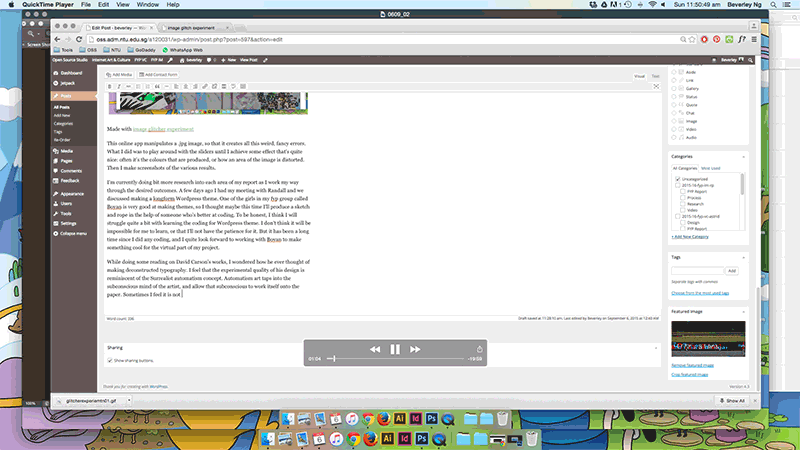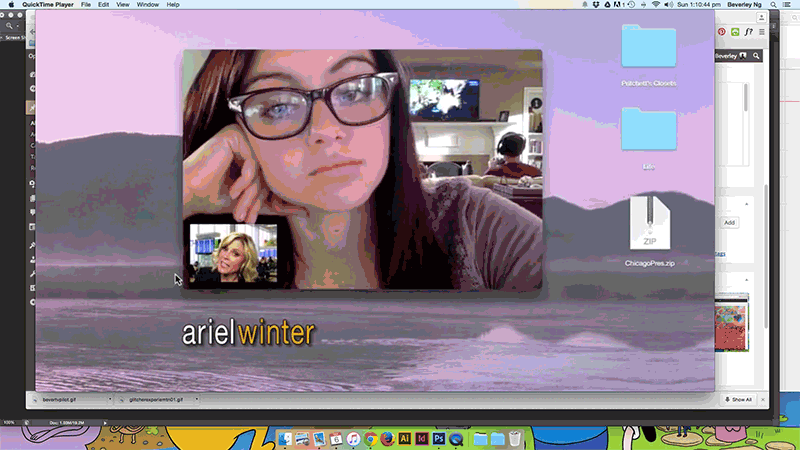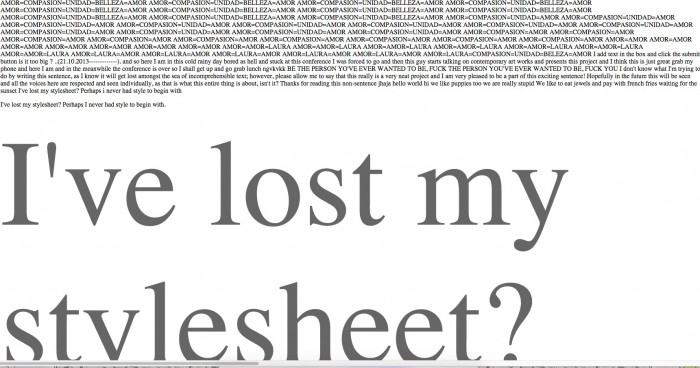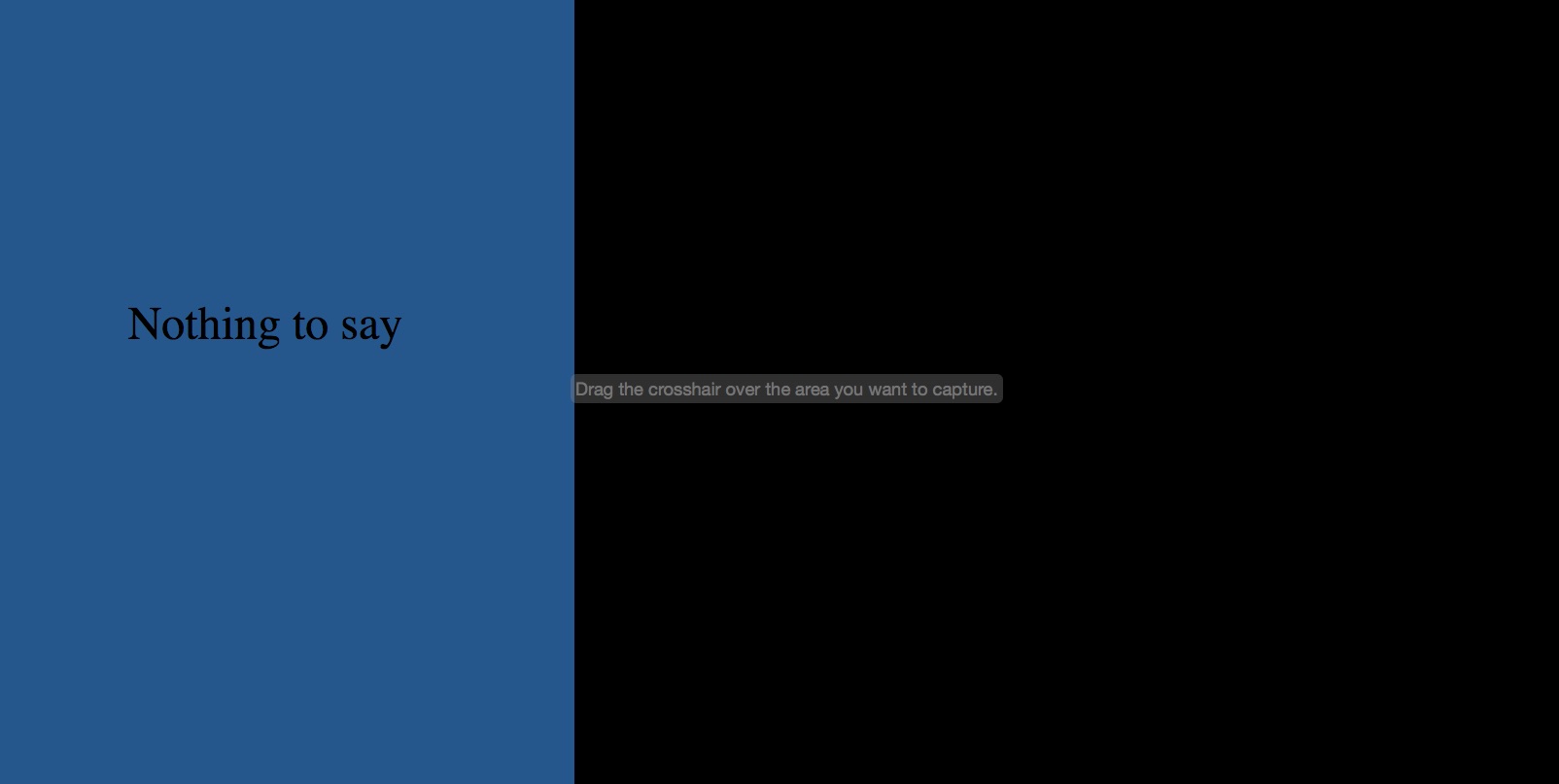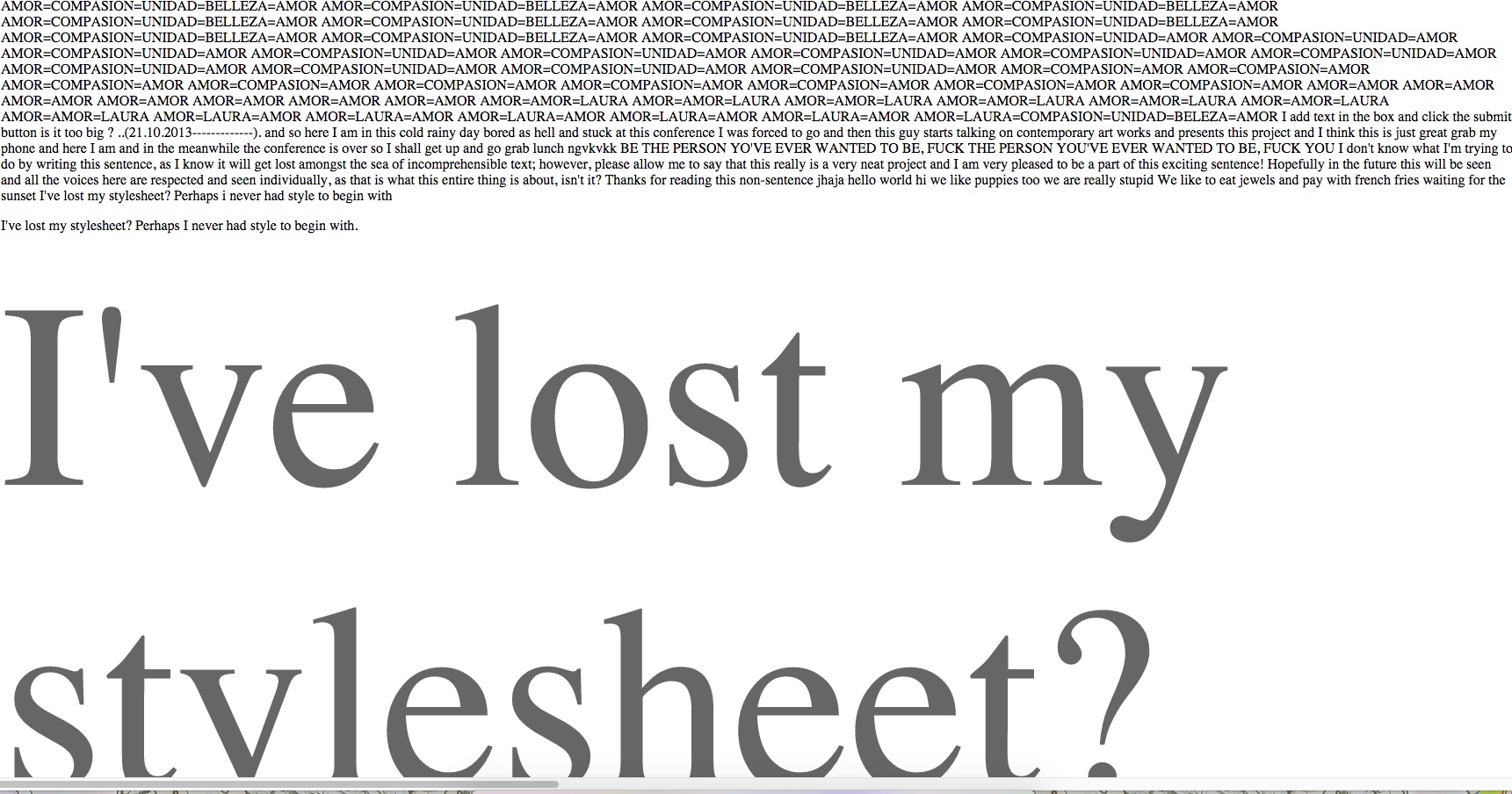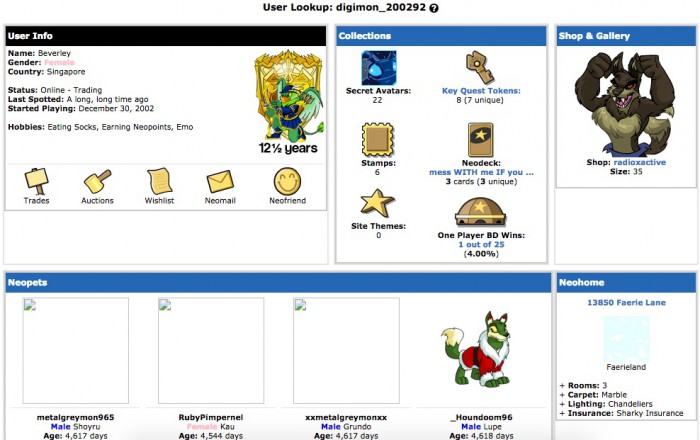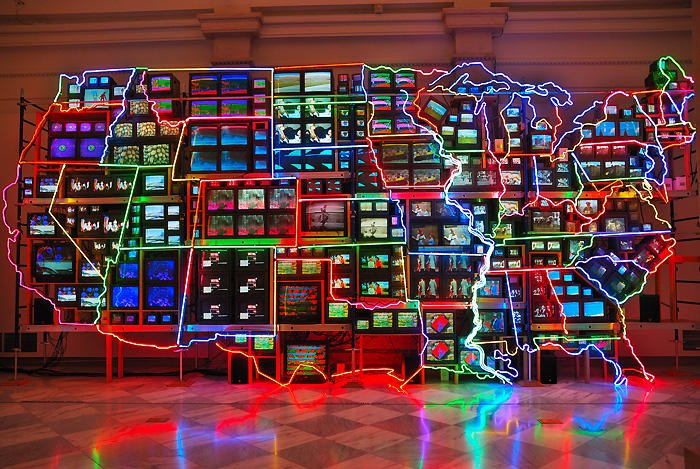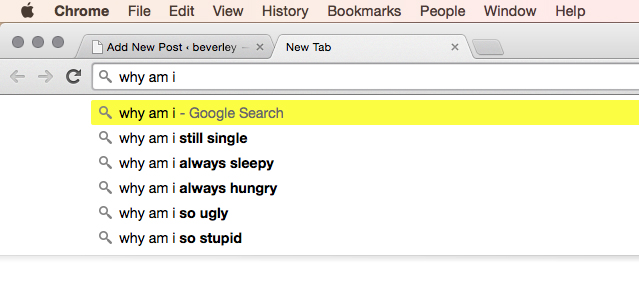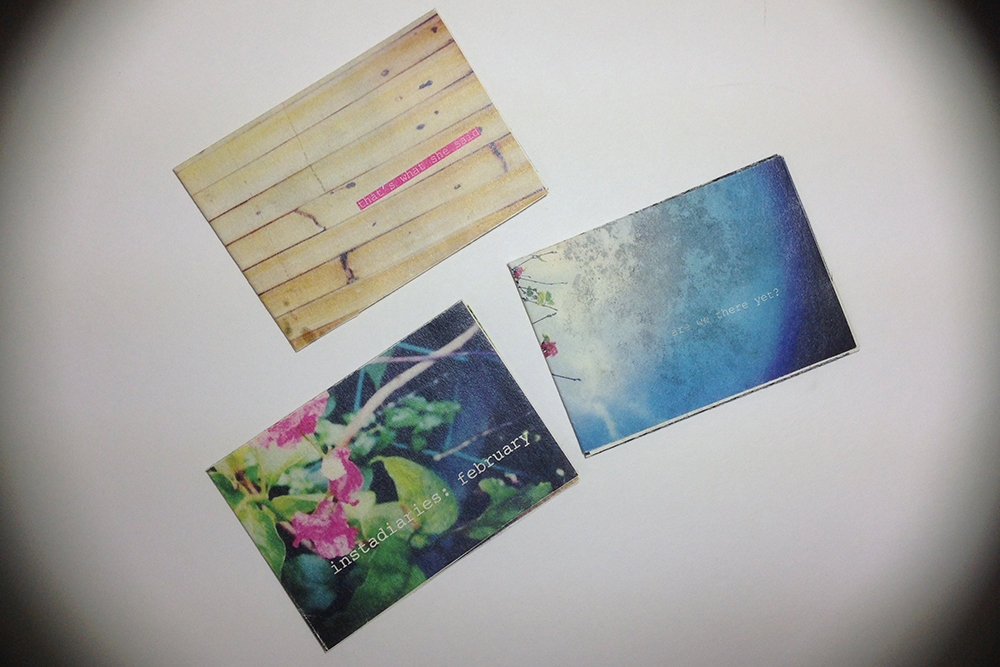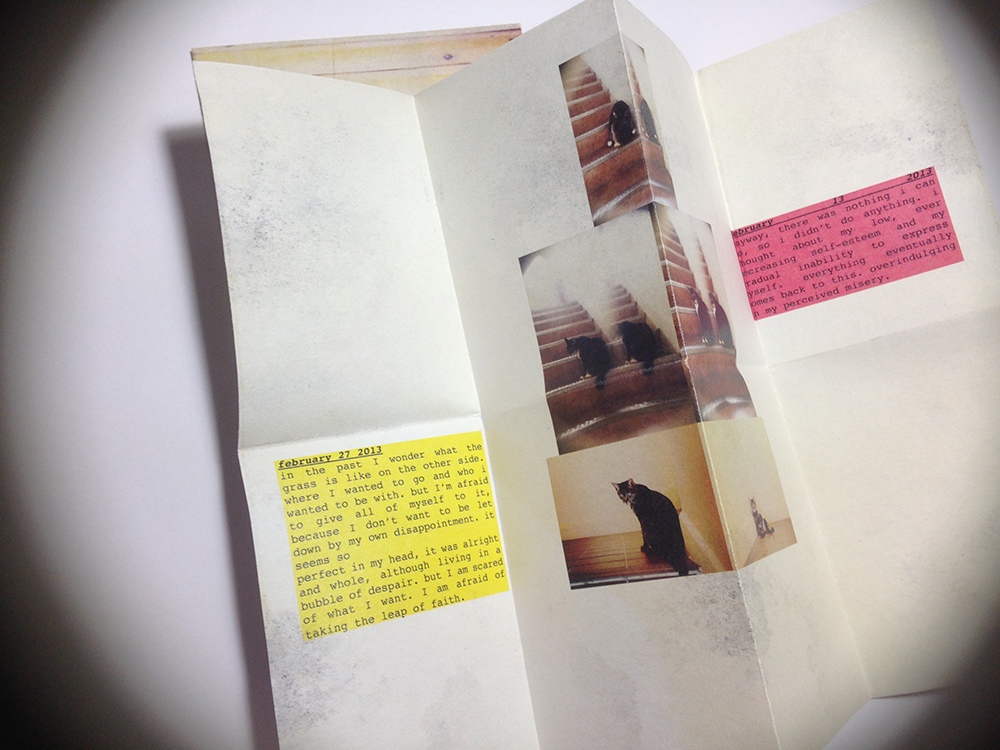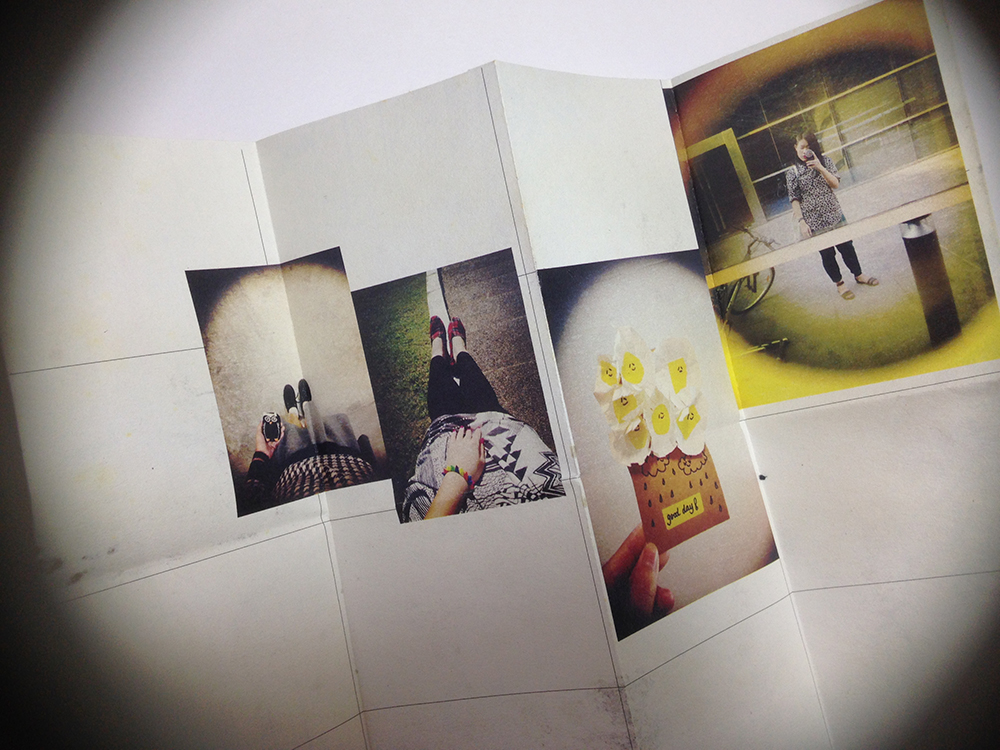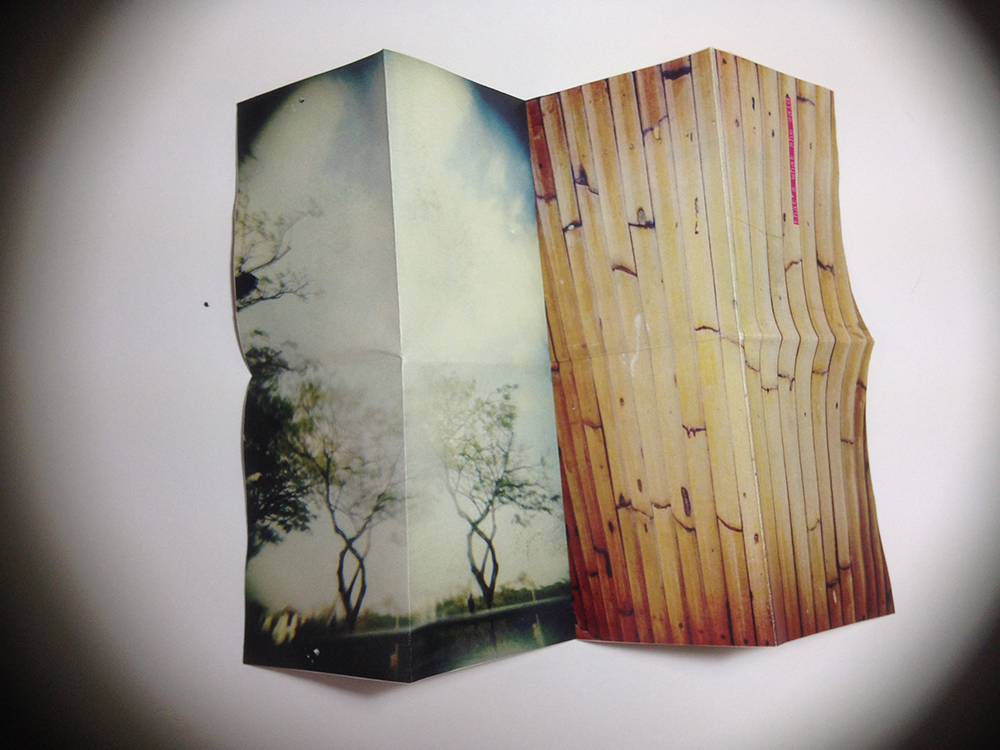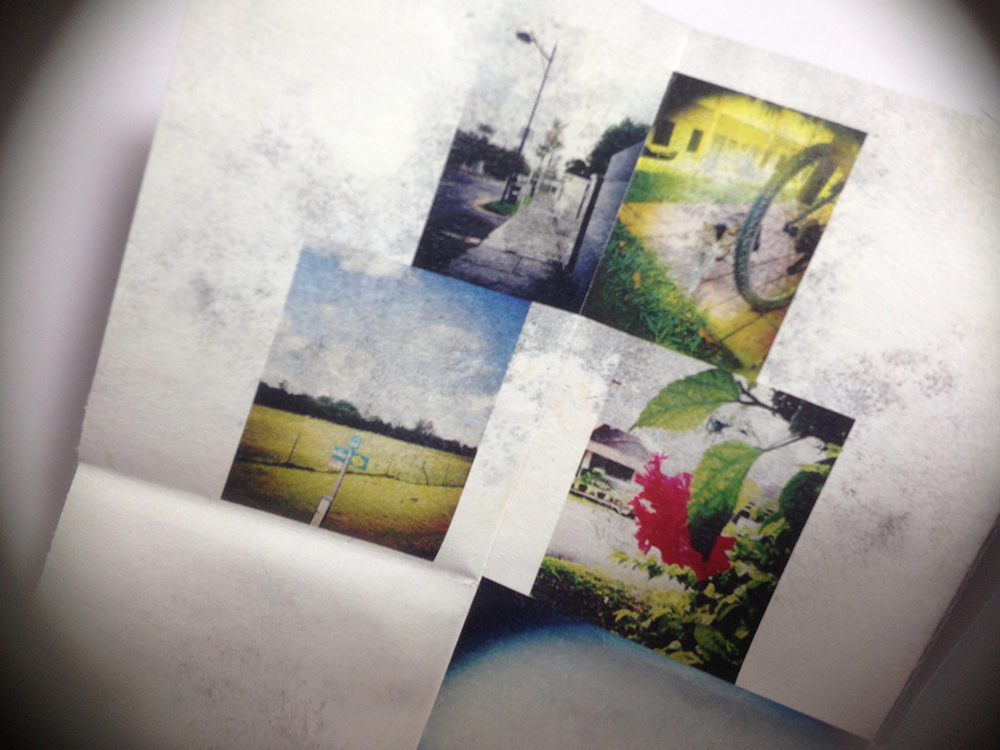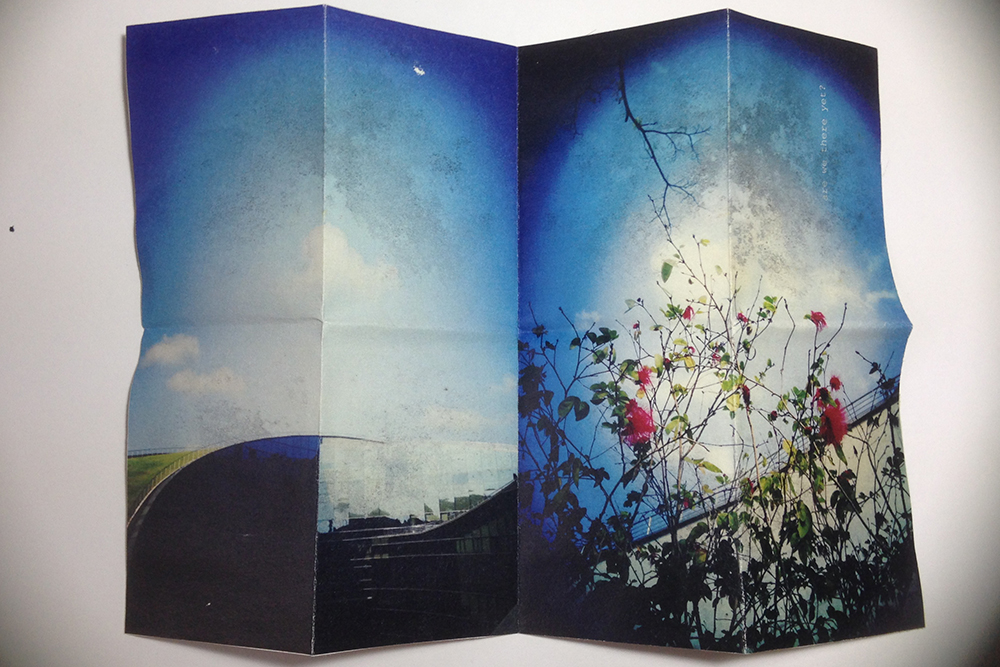
Shredder, 1998
Riot, 1999
Mark Napier’s Shredder and Riot were alternative web browsers made in the 1990s. The main aim of these browsers was to deconstruct the webpage as it is conventionally viewed, by manipulating the underlying source code and re-presenting the data in their own elements. It is like taking apart a Lego sculpture and rearranging the bricks around.
In Rosa Menkman’s essay, she examines the beginnings of glitch art in sound culture:
The notion of glitch art was just crossing over from sound culture, and leaking into visual art culture only sporadically. Glitch more fully entered my vocabulary for visuals and networks when I began an artistic collaboration with the musician Goto80 (Anders Carlsson) in 2007. He explained to me how he exploited the Commordore64 sound chip for the creation of music. The bugs Goto80 used gave a very specific texture to the sound (the result of noise artifacts) and I began to develop and recognize visual equivalents to this process.
I feel that there is a textural element to both Shredder and Riot. The deconstructed website produces interesting outcomes.
Take this screenshot from the Shredder browser, for example. The blue part is made up of the source code: the line height of these coding text have been tweaked drastically. The extreme condensing of these lines produces a solid area of blue, and some of the background elements peek through the spaces in between, creating an interesting, textural effect. The blurry, pixelated images look like marbled texture too. The outcome of these glitched elements look like a collage made by a machine.
In the Glitch Studies Manifesto, here’s a description of glitch art as a progressive art form:
4. Employ bends and breaks as metaphors for différance. Use the glitch as an exoskeleton for progress.
Find catharsis in disintegration, ruptures and cracks; manipulate, bend and break any medium towards the point where it becomes something new; create glitch art.
Most of the works we discussed in recent weeks were artworks that were made with a piece of technology that is relatively new; artists who are keen to experiment with the purpose that these kind of technology have been designed for. Like Douglas Davis’s work The World’s Longest Sentence, Mark Napier’s Shredder and Riot were made in the late 1990s, when the Internet phenomenon was still rather young. It explores what can be done with the Internet browser than using it purely to surf the internet or to obtain information. Taking apart the surface of a website, “manipulating the medium”, was the creation of something new in the realm of something that is still new.
The machine no longer behaves in the way the technology was supposed to. Its glitching interface, strange sounds and broken behavioral patterns introduce tension into user intentions; an astonishing image (or sound) must be some how negotiated amidst a normally much more boring masquerade of human computer relations.
I also found this point very relevant to what the Shredder and Riot was designed to be like, particularly for Riot. The Riot browser really created this chaotic effect: elements of a webpage strewn all over, and the web page look really wild and crazy. If a user were to navigate a website using the Riot browser, it must have been quite an interesting experience, particular in that time, when websites looked simple and it was not diffucult to get around. A Riot-ed website probably would have made navigation way more interactive, with the user having to forage through this chaos to search for the links and to demystify text and images that have been layered over each other.








